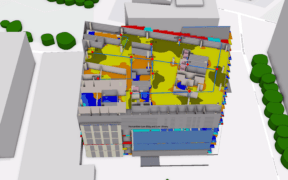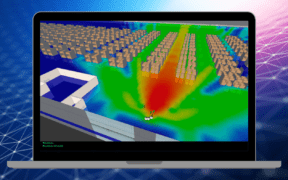Category: Enterprises

Discover how digital twins are revolutionizing wireless network management. By creating virtual replicas of physical networks, digital twins enable proactive planning, real-time performance tracking, and optimized network design. Learn how industries like oil and gas, smart cities, and warehouses are leveraging this technology to enhance connectivity and efficiency. Explore the benefits of digital twins and how iBwave Unity empowers network operators with real-time monitoring, optimized design, and centralized collaboration.

The design prediction accuracy report is one of many reports featured in iBwave Design, a leading RF planning and design tool for indoor wireless systems. This report compares RF coverage prediction versus measured data at a venue. In this blog, we’ll explain what the numbers in the report mean, how they should be interpreted, and […]

The manufacturing industry is in the middle of a high-tech revolution, fueled by advancements in connectivity. As factories adopt more automation and move towards the concept of “smart manufacturing” for better efficiency and sustainability, the need for reliable, high-performance networks has never been greater. Private 5G networks are emerging as the ideal solution, providing the […]
